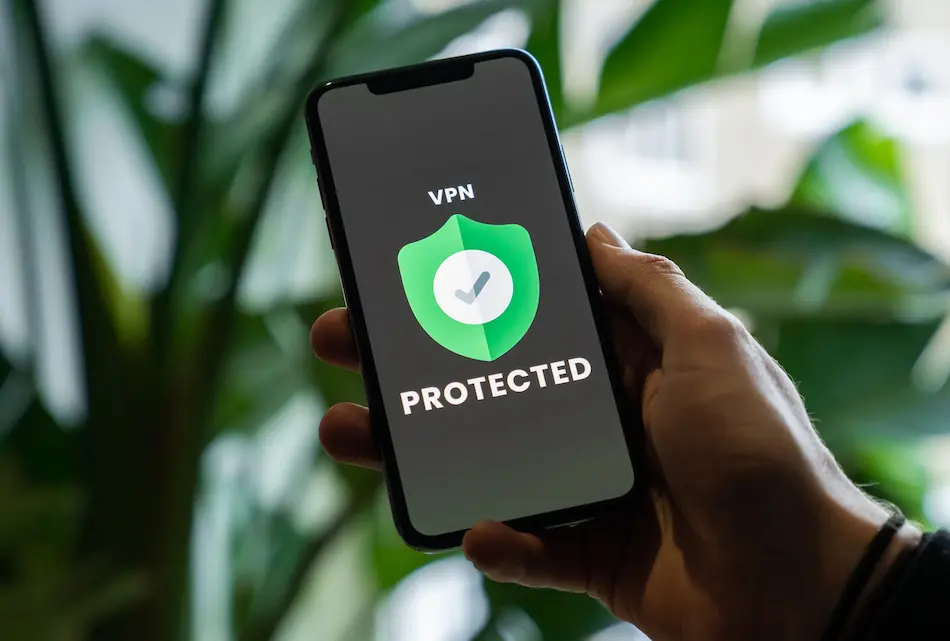
An Introduction
Organizations must be aware and take action to safeguard their own and customers' data from outsiders. Viewing the internet as a secure haven would be akin to disregarding fundamental principles. Cyberattacks remain persistent, showing no signs of abating; we cannot simply turn a blind eye and forge ahead. Today, consumers and customers are acutely attentive to their data's handling by organizations—how it is managed, secured, and the policies in place. Governments are also implementing regulations to safeguard data, launching awareness campaigns in a timely manner.
Cyberattack ?
In straightforward terms, a cyberattack refers to any malevolent intrusion into a computer system, network, or device aimed at unauthorized access and data acquisition. Let's briefly explore a few of them to gain an understanding.
Malware encompasses malicious software such as spyware, ransomware, and viruses, which exploits vulnerabilities in a network, often through actions like clicking on deceptive links or email attachments. Once malware infiltrates a system, it can exert control and demand payment in return for restoring access.
Cybercriminals employ phishing as a tactic, where they craft deceptive messages masquerading as legitimate sources, whether it's a reputable Institution, a well-known company, or even a case of mistaken identity. These phishing attacks are orchestrated through various channels, including email, text messaging, and social networks.
Man-in-the-middle attacks represent situations where a threat actor intervenes in a transaction between two individuals, covertly listening in on sensitive information. These exploits find a fertile ground in public Wi-Fi networks, compromised networks, or untrusted websites.
Denial-of-service attacks inundate systems with a torrent of traffic, saturating bandwidth to the point where legitimate requests cannot be accommodated. The ultimate aim of this form of assault is system shutdown.
Trends Cybersecurity
Cyber risk is not a static or one-time threat; as the global landscape evolves, cyberattacks also shift. The dynamic nature of enterprises and forward planning can help mitigate these risks.
Artificial intelligence (AI) and machine learning are poised to maintain their pivotal roles in the realm of cybersecurity. Adversaries will harness AI to develop increasingly intricate attack strategies, while security practitioners will utilize AI-powered tools to enhance their capabilities in detecting and responding to threats more effectively.
A broader audience now owns smartphones, and in today's world, we rely heavily on our phones for daily tasks. This presents a conspicuous opportunity for attackers and appears to be one of the most accessible targets. In the past, attackers had to wait for individuals to visit cyber cafes to engage in online activities. However, today, with the prevalence of social media, mobile banking, and email, we access these services directly on our smartphones. As such, mobile devices will continue to be a focal point for cybercriminals, underscoring the need for bolstered mobile security measures and enhanced protection for mobile applications.
Biometric threats have become an increasingly pressing concern in our expanding digital landscape. Attackers exploit vulnerabilities in biometric authentication systems through techniques such as spoofing, replay attacks, and deepfakes to attain unauthorized access. Safeguarding against these threats necessitates the implementation of robust security measures, continuous monitoring, and the utilization of anti-spoofing technologies. With the rising prevalence of biometrics, the importance of deploying advanced defenses against these cyber threats cannot be overstated.
The increasing prevalence of Internet of Things (IoT) devices will broaden the potential attack surface. It is imperative to prioritize the enhancement of IoT security, with organizations directing their efforts toward safeguarding these devices and the data they produce.
Mitigate Cyber Attacks
According to a recent report published online, the projected total losses due to cyberattacks are estimated to reach or exceed $10 trillion by the end of 2025. In order to defend against this looming threat, enterprises must allocate increased budgetary resources, distinct from their IT budget, specifically dedicated to cybersecurity. Implementing a set of key strategies within the enterprise framework can help mitigate these risks.
Zero-trust Architecture (ZTA): The Zero Trust model, which posits that trust should not be granted by default to anyone, whether they are within or outside the organization, is expected to see increased adoption. ZTA will empower organizations to bolster their security stance by enforcing rigorous access controls and maintaining continuous monitoring.
Cloud Migration: In the foreseeable future, the trend of migrating to the cloud will persist as a dominant aspect of the technology strategies employed by numerous organizations. Consequently, providers must be capable of safeguarding both standard and customized cloud setups.
Secure Environment: is always a challenge for enterprises, but now they must be well-prepared to make tough decisions. It is imperative to have an internal security auditor conducting regular monthly audits without tolerating any minor discrepancies. When we discuss security, it encompasses aspects such as code quality, infrastructure integrity, and the security of access endpoints.
Conclusion
Cybersecurity has transformed from an isolated matter into a vital necessity within our globally connected environment. The foundation of our defence begins with heightened awareness, requiring individuals and institutions to maintain a constant state of vigilance while comprehending the ever-shifting threat panorama. It is far from a stagnant objective; instead, it represents an enduring voyage. An unwavering commitment to staying informed, the diligent application of best practices, and the nimble adaptation to emerging threats form the bedrock of a resilient cybersecurity framework. In our expedition across the digital frontier, our unwavering dedication to cybersecurity serves as a testament to our capacity to persevere amidst the perpetually evolving threat terrain.